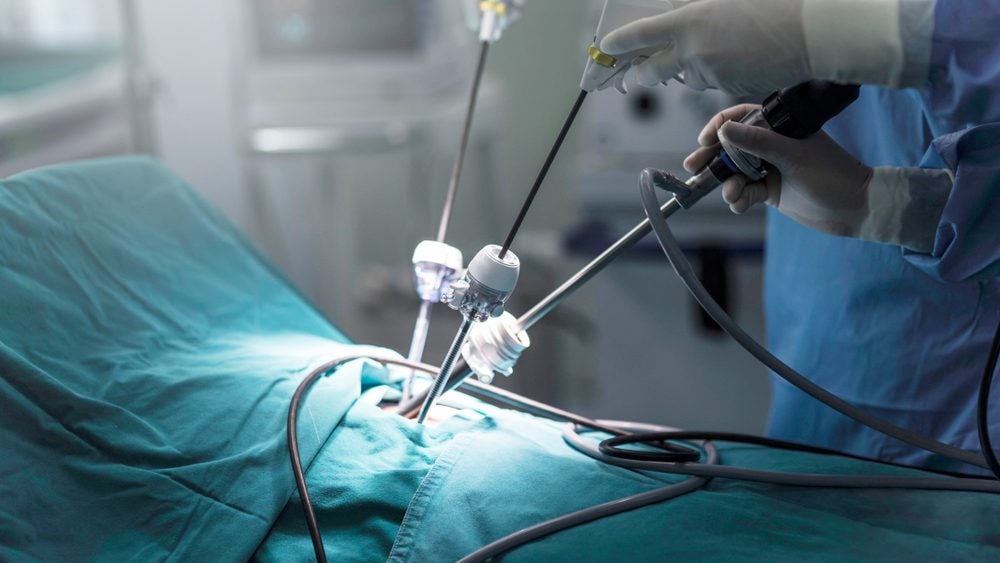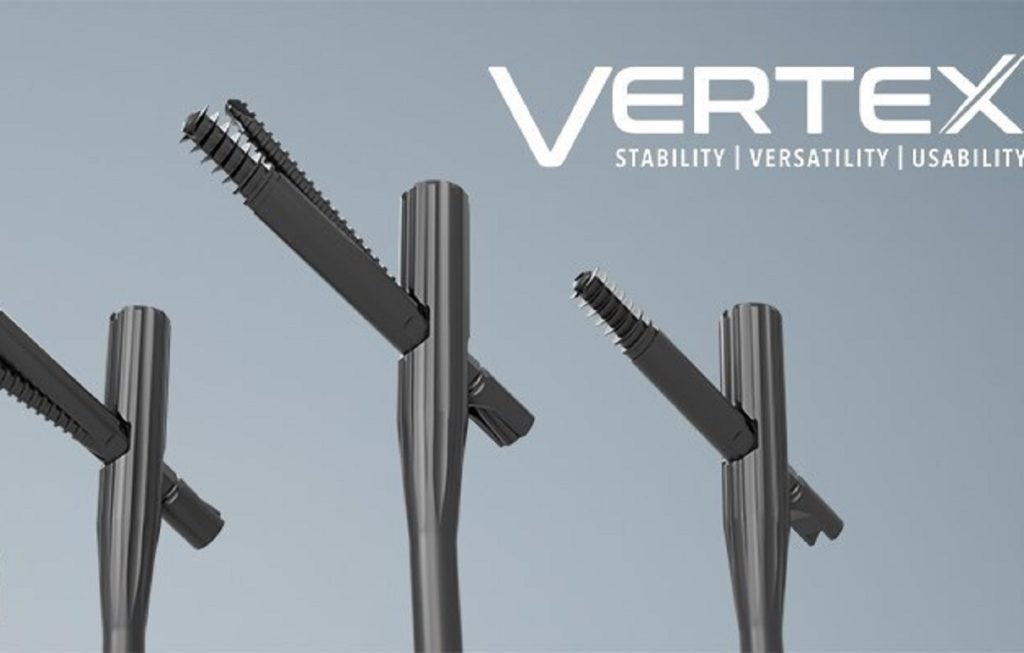Early-stage medical device company Freyja Healthcare has received 510(k) clearance from the US Food and Drug Administration (FDA) for its VereSee device, used in laparoscopic surgery.
Laparoscopic surgery is a minimally invasive surgical technique where small incisions are made in the abdomen, through which specialised instruments and a tiny camera are inserted. The camera allows surgeons to view the inside of the body on a monitor, guiding them as they perform the procedure.
The VereSee device is a 2mm abdominal-access video-entry device designed for laparoscopic surgery in women’s health. The availability of the device for commercial use is projected for the second half of 2024.
“The standard of care is dangerous and outdated,” said Freyja’s interim CEO Jón Ívar Einarsson.
“Initial entry is often done blindly with Veres needles or a 5mm-12mm optical trocar. Damaging the bowel or vasculature because of blind entry can cause significant harm, even death, if undetected.”
Founded in 2017, Freyja has raised almost $8m in seed funding, raising $1m in a Series A funding round in April 2019. VereSee is the Boston-based company’s lead device, with four products in advanced stages of development.
According to GlobalData analysis, the overall laparoscopic access instruments market will generate $299m in 2030. The market is expected to grow, due to the rise in the number of surgical and minimally invasive procedures.
Innovation in the laparoscopic space includes the development of robotic and magnetic surgery platforms. In August 2023, the FDA granted clearance to Levita Magnetics’ MARS magnetic surgery platform, where a magnet and machine combine to give surgeons tissue manipulation control with fewer scars in laparoscopic procedures.
In July 2023, researchers from École polytechnique fédérale de Lausanne (EPFL) in Switzerland developed a four-arm laparoscopic system. It features shared control between a surgeon and robotic assistants, with each hand operating a manipulative instrument while one foot operates an endoscope, and the other foot operates an actuated gripper. The robotic system aims to reduce surgeon workload and enhance the precision and safety of surgeries.















